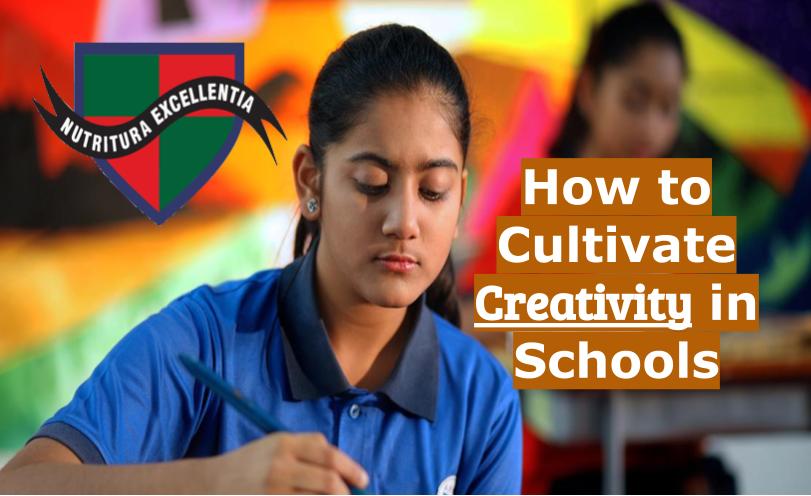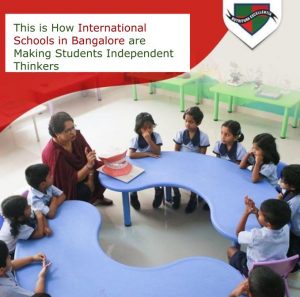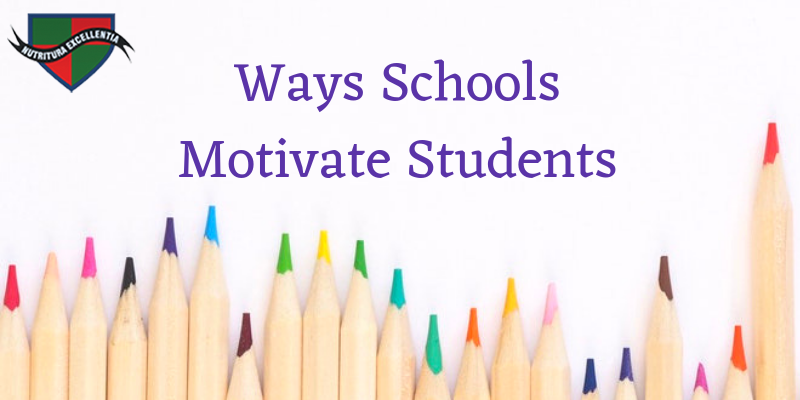
There are multiple paths that lead to understanding. Students should be encouraged to seek out these paths and experiment with new ideas. They do their best when students are encouraged to ask questions and explore things deeper. This is what inculcating the skill of creativity does for students. It gives them a perspective that allows them to view mistakes as opportunities for growth and learning rather than failures in learning. It empowers them to become more open and receptive to new and different ideas so they can use it to build upon their own existing knowledge.
A great way for educators to promote creativity in the classroom is to give students choice and options with regards to assignments and projects. All students have different ways in which they can be creative, so the projects they work on should accept and embrace those differences and help students develop this quality of creative thinking.
Let us explore some ways the best international schools in Bangalore recommend harnessing the creativity of students:
- Embrace creativity as part of learning
Your classroom should be designed to recognize creativity. This could be in the form of bulletin boards that showcase the different and original ways to solve a problem, or even demonstrate examples of creative solutions to real-world problems.
- Be aware during discussions
When students ask questions that are beyond or diverging from the scope of a lesson, engage them once in a while rather than dismissing these queries as not related to the syllabus. You can devote a certain time slot in the week to take up such questions so save important class time. A good way to keep track of these queries is to note them down on a board where the whole class can see them so that everyone can collectively build their skills of creative thinking. This is also a useful way of getting all students in the class in on how their peers think.
- Rewards & recognition are important to keep students motivated
Setting goals and having achievements is a vital important part of the creative learning process. When student achievements are rewarded in the classroom, it gives them an incentive to keep doing good work as well as instils a sense of pride and faith in the work they have been doing.
- Keep it colourful
Colourful classrooms aren’t only meant for primary school. Use colour in creative and unconventional ways in the class in the form of daily inspiration posters and colour-coded corners. Colour is a powerful tool to help students absorb and retain new content. Even while taking notes colour helps in comprehension and retention of new information.
Now that you know how some of the top international schools in Bangalore are building the essential skills of creativity in students, feel free to imbibe these in your schools as well; the results will be astonishing.




